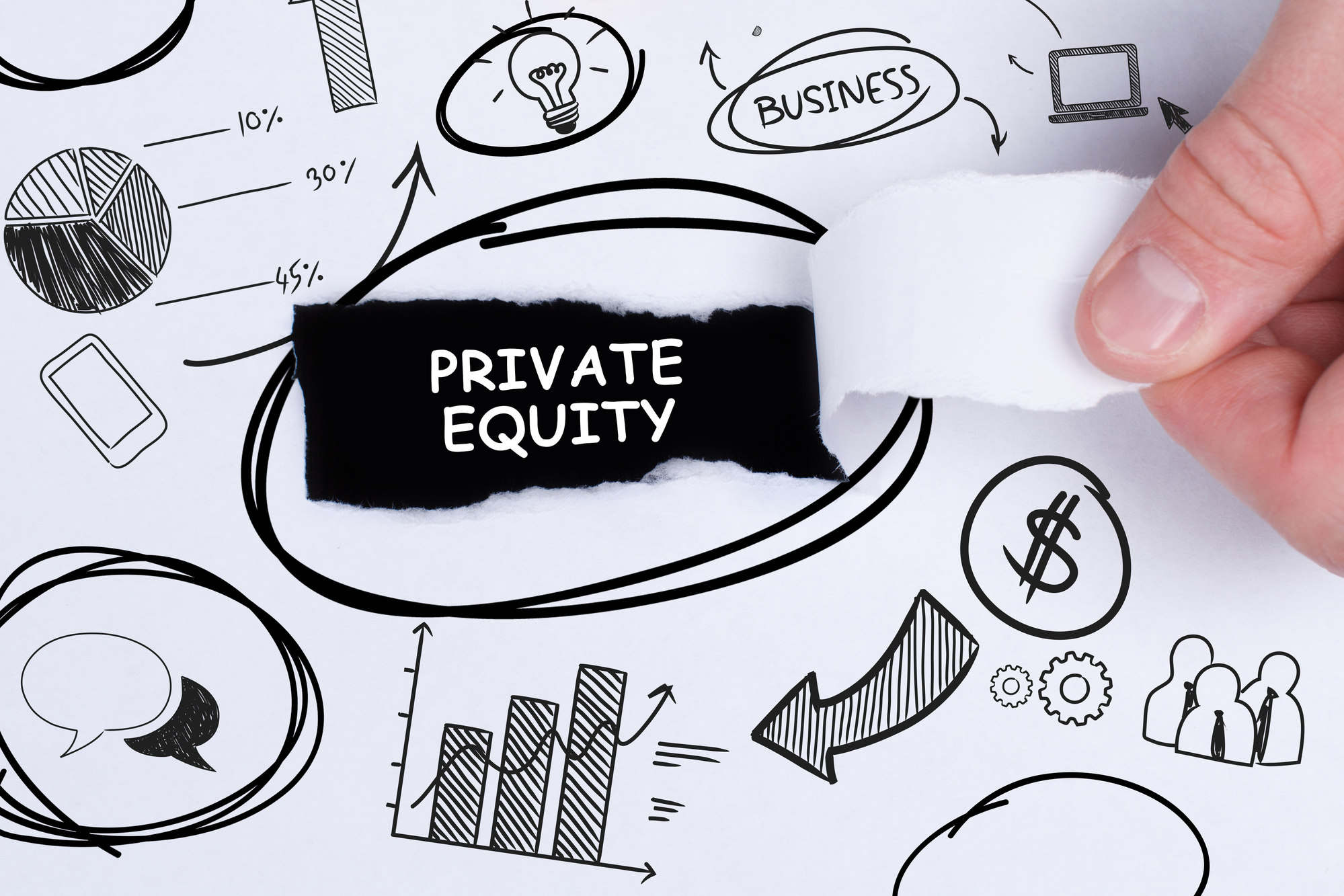Solar is poised to expand on public lands. Remarkably, the first solar energy project on public lands wasn’t approved until 2010. Before then, energy development on our public lands was limited to coal, oil and gas extraction, adding to the greenhouse gas emissions that fuel climate change.
Since then, the Bureau of Land Management has approved over 11,000 megawatts of solar, wind and geothermal projects in the western United States, and is currently looking to expand solar in particular.
Earlier plans were to locate solar in six southwestern states (Arizona, California, Colorado, Nevada, New Mexico and Utah), but other states may be added. While the BLM establishes zones for solar projects based on access to transmission, solar energy potential and protecting natural and cultural resources, environmentalists caution that large renewable energy projects can disrupt wildlife habitats and harm wildlands if they’re not built in the right places.
The Wilderness Society has mapped the renewable energy projects the BLM has approved on our public lands to date, and offers insight into a ‘smart from the start’ approach to developing energy on public lands. SEE MAP










